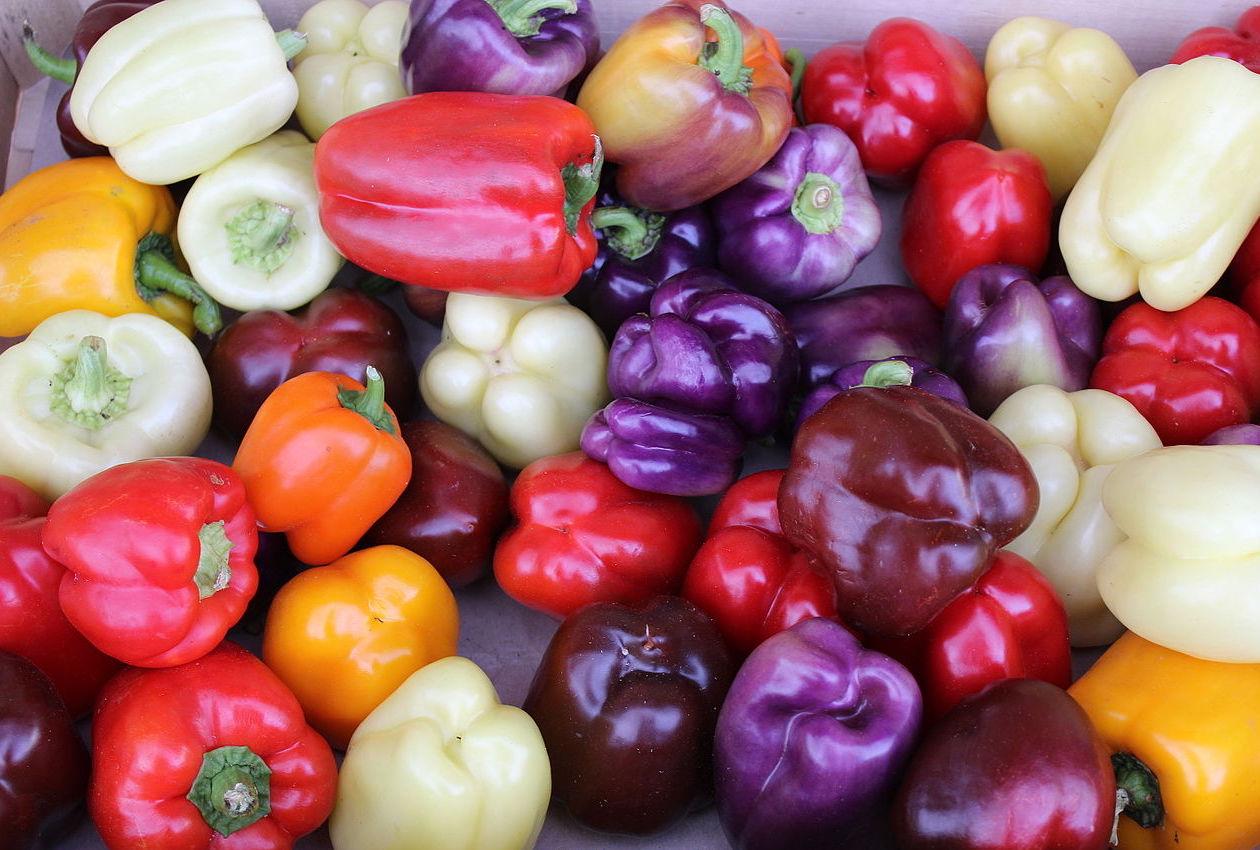Stroll through the produce section at your local grocery store. What catches your eye? Is it ruffly, leafy lettuce? The tall and aromatic pineapple? Or maybe it’s the piles and piles of bell peppers: green, orange, yellow, red.
If so, you’re not alone—the bell pepper is one of the most popular vegetables in the world (even though it’s technically a fruit). Its deeply pigmented, shiny skin advertises its other qualities: flavor and texture, of course, but also nutritional content. And it’s this nutritional content—in other words, the chemical makeup—that gives bell peppers their distinctive, enticing hues.
All bell peppers start out as green. They’re packed with chlorophyll— which gives them their rich color—and antioxidants, which make them a healthy snack.
Some varieties of bell pepper will stay green for the pepper’s lifespan, but most green bell peppers that you see in the store are just unripe red bell peppers. As these young bell peppers mature, their green chlorophyll pigments disappear, causing a change in color. With the help of some complicated, unusual chemical pigments, the pepper ripens to firetruck red.
Other varieties of bell pepper ripen into different colors. Yellow bell peppers get their color from the same chemical that gives a sunny hue to egg yolks. And orange bell peppers are orange from beta-carotene—a chemical compound found in carrots.
Additional bell pepper varieties produce different chemical compounds, turning the green bell peppers brown, white, purple, or black. And color isn’t the only distinction between bell peppers of different hues. As bell peppers age, they produce more sugar, creating a sweeter flavor and smell, with more nutrients.









